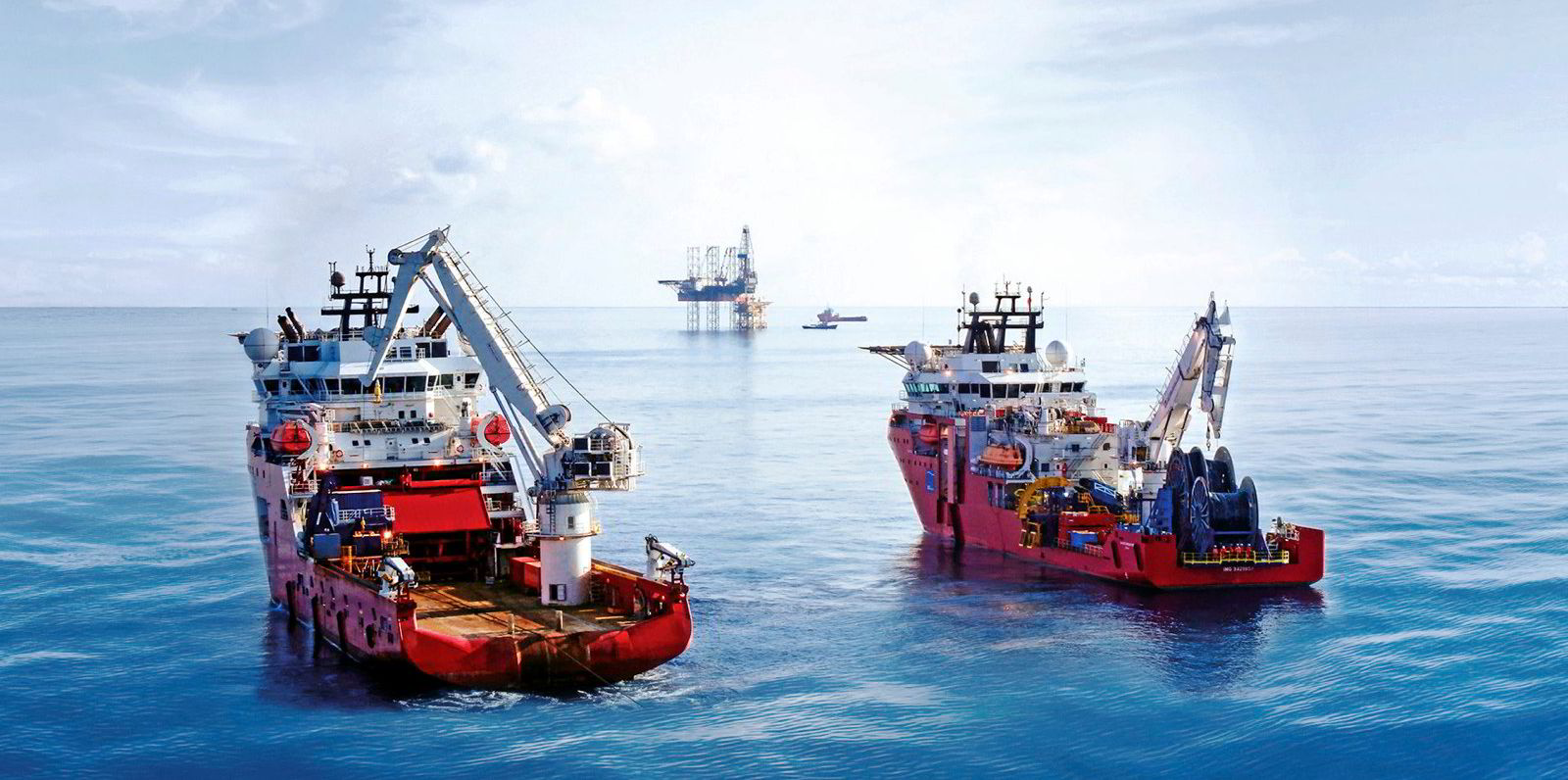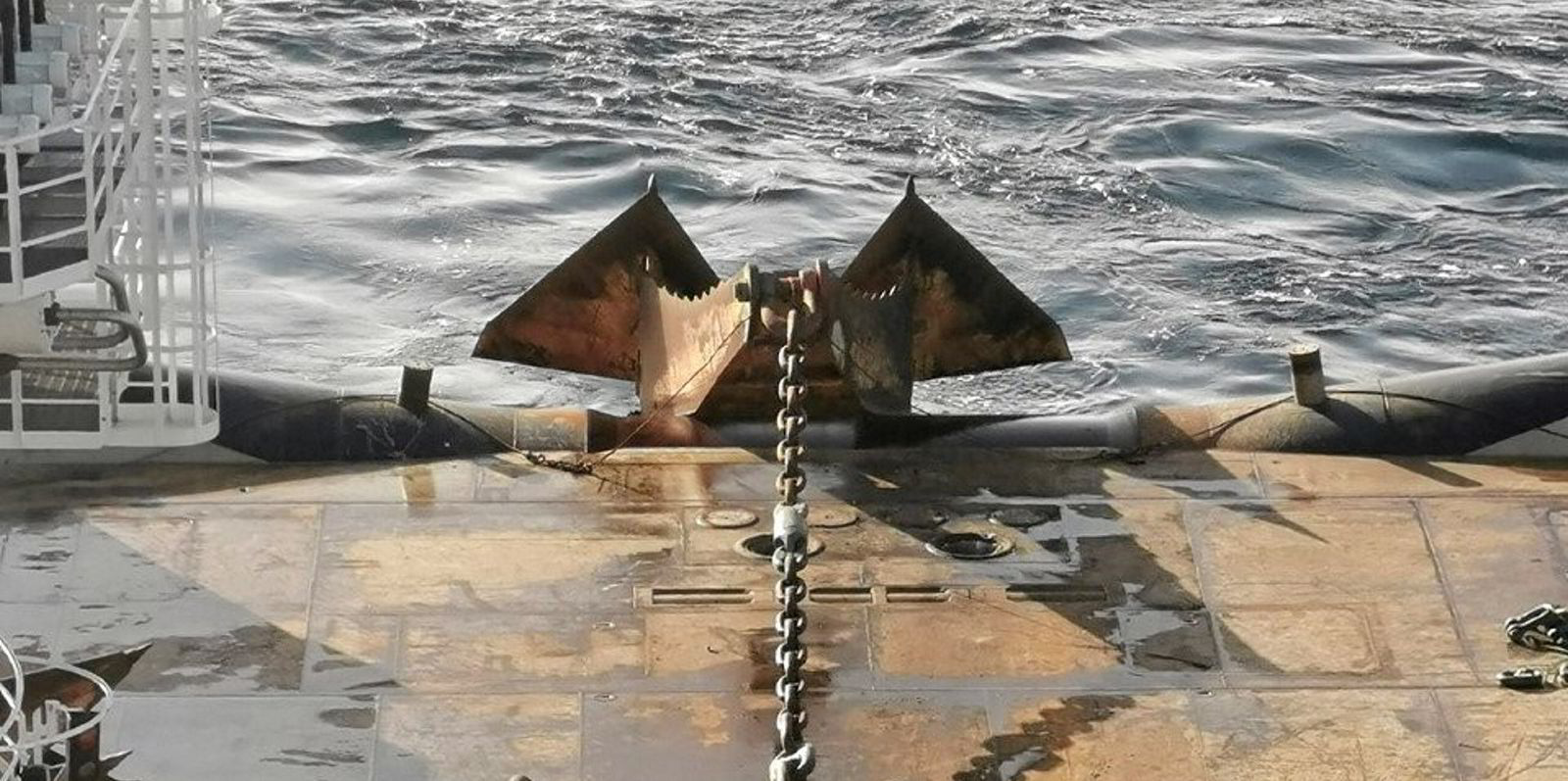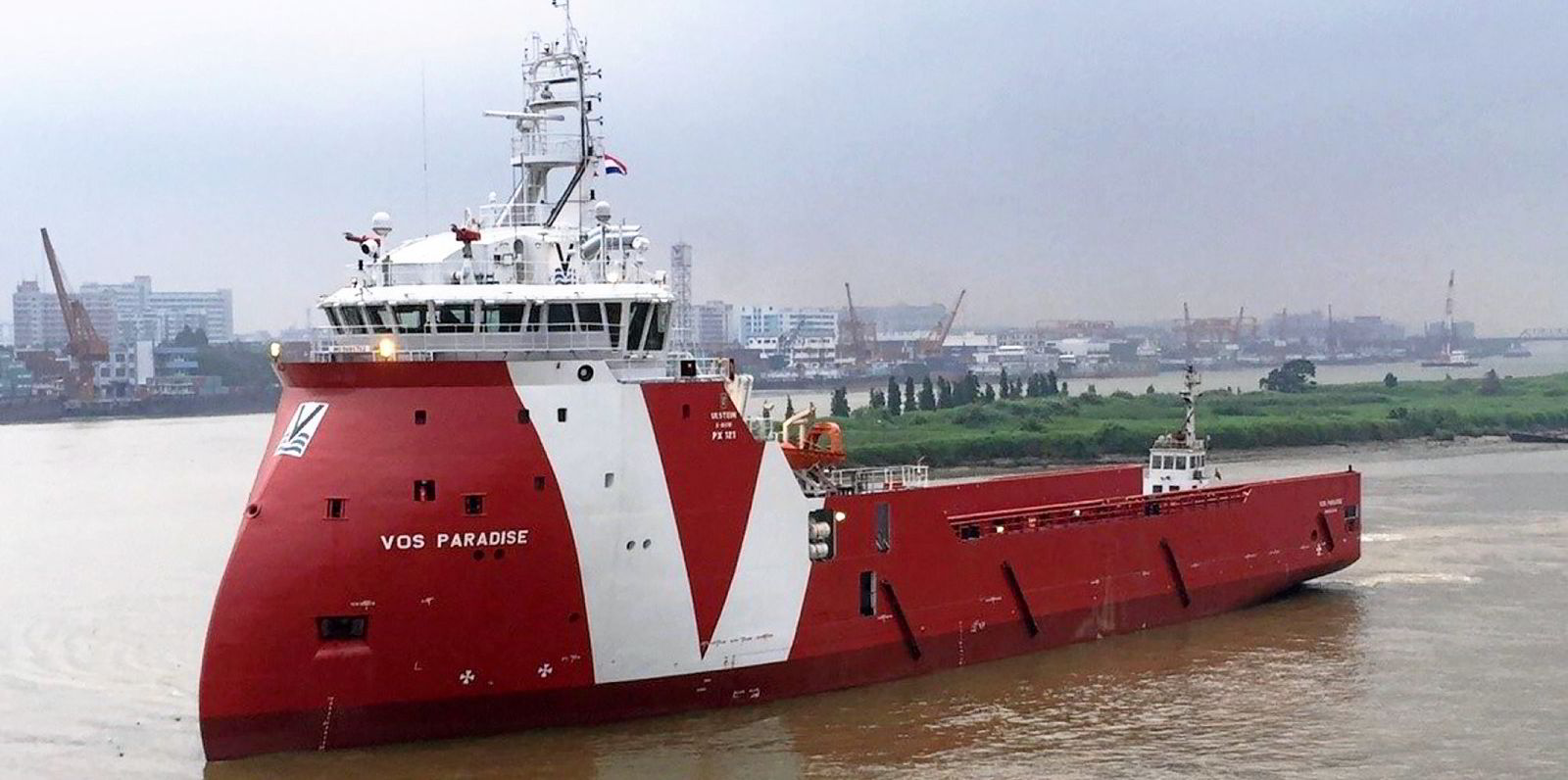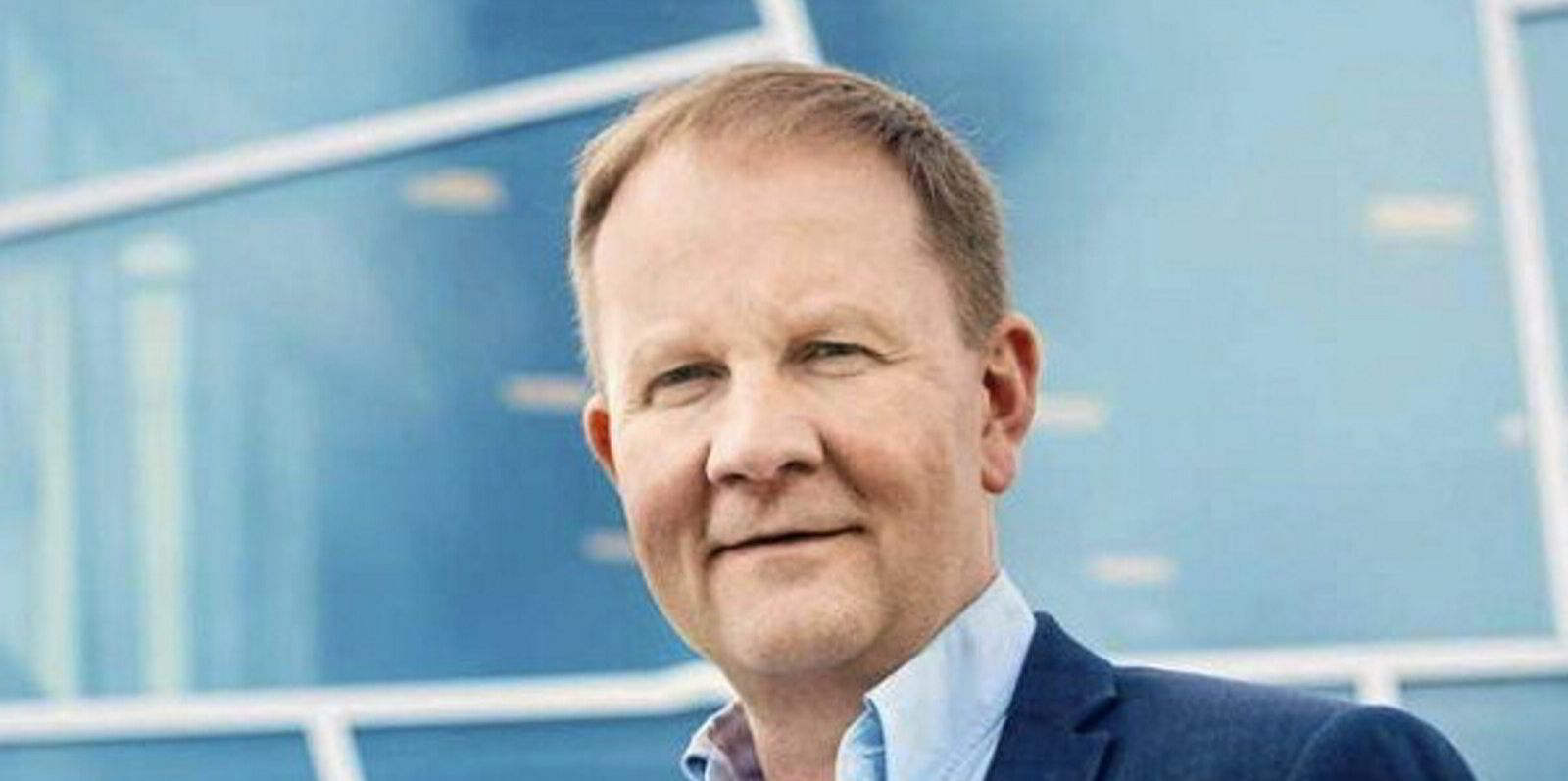Rates for Norwegian anchor-handling tug supply (AHTS) ships have broken the NOK 1m ($117,400) per day barrier for the first time in three years.
Domestic offshore vessel owner DOF Group's 26,140-bhp Skandi Hera (built 2009) has reportedly been booked by state oil major Equinor at this level for the Askeladden rig move in early April.
Norway's Seabrokers said 2021 had started slowly for AHTS owners in the North Sea, but several of them have now made the most of a recent tightening of the market to make some "good money" in recent weeks, at least on one side of the North Sea.
"While UK fixtures have remained in comparatively short supply, vessels in Norway have been pulling in big bucks for their owners," the broker said.
Back to April 2018
The last time a spot deal attracted a comparable rate was in April 2018.
Viking Supply Ships also managed to book a vessel for more than NOK 900,000 per day.
Others including Havila Shipping, Island Offshore, K Line, Olympic Subsea, Siem Offshore and Solstad Offshore picked up spot bookings at more than NOK 500,000.
Data from broker Westshore showed three of 15 AHTS units were charter-free in Norway on Friday, one of nine in the UK.
A total of 34 vessels remain laid up in North Sea ports.
There was some money to be made in the UK sector as well, however, with the first couple of £50,000 ($68,880) per day fixtures recorded since last September.
However, owners have been continuing to struggle on the UK side with the lower levels of activity as a knock-on effect from the Covid-related downturn, Seabrokers reported.
"As we move towards the peak drilling season, charterers will be braced for further rate spikes," the company said.
E&P records coming?
And there is further hope for offshore vessel owners in the shape of a recent report published by Rystad Energy suggesting that the post-coronavirus recovery for the exploration and production market could be significant in terms of scale and speed.
The consultancy found that offshore project approvals could hit a record of nearly 600 up to 2025.
Deepwater commitments are expected to record the highest level of growth as the cost base for these jobs in sea depths down to 1.5 km has become much more competitive in comparison to greenfield continental shelf reserves.
Rystad identified only 355 offshore project commitments made between 2016 and 2020, considerably lower than the figure of 478 in the 2011 to 2015 period.







